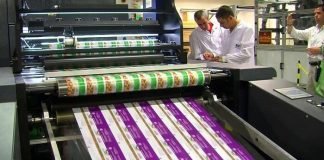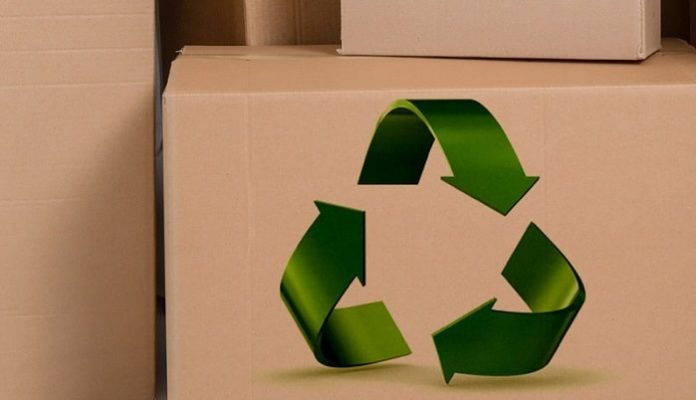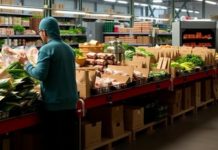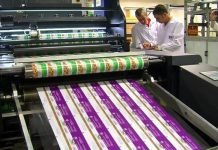The circular economy has undergone a tremendous tectonic shift in an era that happens to be focused on sustainability. It is well to be noted that a circular economy looks out to redefine the growth chart and at the same time also focuses on positive society-driven effects as well as benefits.
It kind of entails decoupling the economic activity right from the finite resource consumption and designing waste out of the system.
Underpinned due to a transition towards renewable energy sources, the circular model builds economic, natural, as well as social capital.
Packaging happens to be playing a pivotal role in this kind of framework, thereby offering an intriguing lens because of which one can understand and, at the same time also enhance the sustainability efforts.
Challenges, along with opportunities
While there are numerous opportunities within the circular economy models for packaging, there also happen to be substantial challenges that have to be addressed.
One of the main barriers one faces is feasibility pertaining to the economic and technological aspects of recycling specific materials. For example, recycling multi-layered packaging materials, which go on to enhance shelf life as well as product safety, can be challenging.
This requires a kind of a balance between safeguarding the product, making sure of consumer safety, and also environmental sustainability.
Consumer behavior happens to pose another challenge. Consumer awareness as well as participation happen to be very crucial to the success of circular models. People have to be educated with regards to the correct disposal of packaging in order to ensure it successfully reintegrates into the circular system.
This also happens to include a clear understanding of what can be recycled and the significance of cleaning food containers prior to recycling.
In addition, regulatory frameworks happen to be crucial too. Governments can contribute to circular economy attempts by way of enforcing regulations that go on to promote sustainable packaging practices.
Incentives for using recycled materials or imposing penalties for using packaging that cannot be recycled can be included.
Sustainable packaging and its perks
It is well to be noted that packaging happens to be integral when it comes to the modern supply chain, thereby safeguarding goods right from the manufacturer to the market, and also communicating in a direct way to the consumers.
But the traditional packaging models happen to be linear, wherein the materials get manufactured, they are used, and then they are disposed of. In the case of sustainable packaging, strategies happen to be designed to be regenerative, elevating the ability to recycle as well as reuse materials.
Sustainable packaging goes on to diminish the environmental impact due to numerous major strategies.
Firstly, it helps in minimising the usage of raw materials. Secondly, it goes on to maximize the use of sustainably or recycled sourced materials. Thirdly, it happens to be designed for the reuse, recycling, or even composting, thereby ideally maintaining quality as well as integrity when it comes to the material at each and every cycle.
All these kinds of practices aren’t just beneficial keeping in mind the environment, but at the same time, they are also economically strategic since they often reduce the material costs and other waste-related expenses.
Circular packaging – Its innovation and design
The success when it comes to a circular economy goes on to rely heavily on innovation as far as packaging design is concerned. There happen to be many companies that are at present dedicating themselves to investing in research and development so as to create packaging solutions which happen to be both practical and sustainable.
This involves the utilization of new materials as well as technologies that can be recycled easily or, for that matter, can biodegrade in a more effective way. For example, there happens to be a significant progress when it comes to the development of bioplastics.
The plastics made from natural materials like corn starch or sugarcane can go on to offer similar qualities to traditional plastics and happen to be much more environmentally friendly when disposed of in a proper way.
In addition, there happens to be a growing emphasis on considering the entire life cycle of packaging in terms of design considerations. Design for disassembly is indeed gaining popularity as it involves the fact that the products can go on to be easily broken down into their component materials, which can later be recycled separately.
This not only promotes recycling, but at the same time also enhances the quality and purity of the recyclable materials, which leads to supporting to a more stronger circular system.
The necessity of a systemic transition
A shift towards a circular economy calls for a systemic change in the perspective and approach towards resources, such as packaging.
Packaging happens to hold a great deal of importance, and its potential for significant environmental consequences cannot be underestimated. Companies can make a significant difference by way of focusing on sustainable packaging, which can help minimize waste and at the same time also minimize their environmental footprint, and thereby create some economic opportunities.
There happens to be thriving innovation in this field, which is pushed by the rise of new technologies and growing consumer interest when it comes to sustainable products.
So as to completely make use of the advantages of a circular economy, it is crucial for businesses, consumers, as well as the governments to work together in collaboration, which will not only encourage the development of efficient and sustainable packaging solutions, but at the same time will also drive the transition towards a stronger and more sustainable global economy.
It is well to be noted that the journey when it comes to moving towards a circular economy is intricate and the fact is that the challenges remain, but the field of packaging goes on to offer a much promising path forward because of the innovations and opportunities.
























